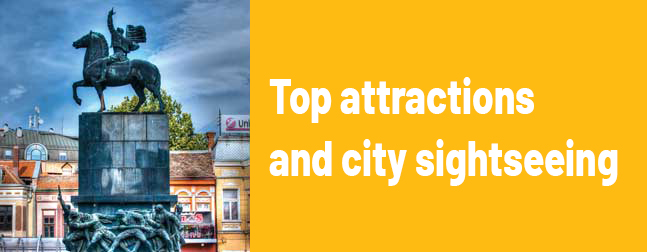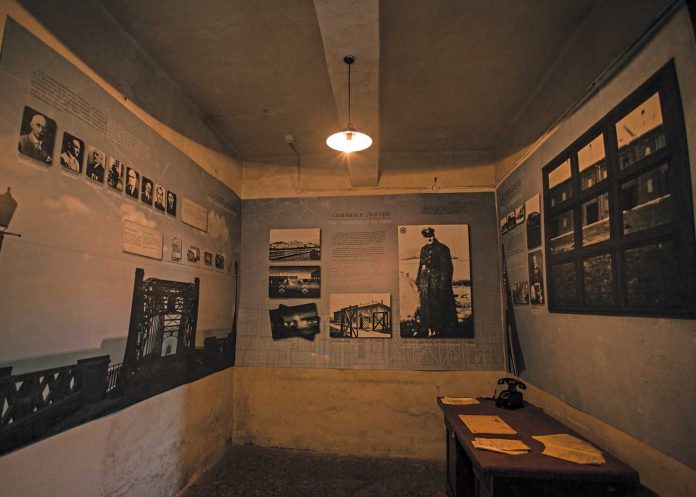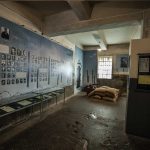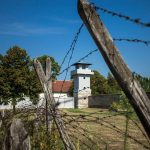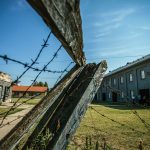Basic info
Nis Concentration Camp is one of few preserved German Nazi camps in Europe. Even today it provides an authentic testimony of the perils of the Serbian, Romani, and Jewish populations during the German occupation of Nis (1941-1944). In the authentic camp complex one can see authentically preserved towers, observation posts, guard boxes, central building with the cells and solitary confinements and personal items of the inmates such as documents,letters, weapons and photographs.
Location
Bulevar 12. februar bb
Phone
+381 18 588 889
Opening hours
Ticket price
Web site
More info
A former Concentration camp in Nis, presents a witness of one of the darkest periods of the recent world history-the Second World War. In the occupied Serbia in September 1941, the authorities ordered that a Concentration camp be established in Nis (Anhaltelager Nisch) in the building of a deserted military warehouse near the train station “Red Cross”.
At that place the Nazis imprisoned Jews, Roma, Serbs, patriots, as well as the members of the Chetnik movement, and many women and children. Enclosed with a double row of barbed wire, humiliated and tortured, prisoners were left to mercy of the camp commander and his assistants.
The living conditions in the main camp building were utterly inhuman – the rooms were dark, without heating in winter or ventilation in summer, and prisoners used to sleep on thin straw mattresses on a concrete floor. Food was, as one of the prisoners described it, “never full, always hungry”, in other words, barely enough to survive. In addition to the harsh conditions and the daily beastly torture, the prisoners were forced to hard labor either in the camp or outside.
The fact that differs the camp from other Nazi camps is that on February 12, 1942. the inmates organized the first mass escape of prisoners in occupied Europe – a total of 105 managed to flee from the camp that day.
It is estimated that during the occupation, there were more than 30.000 people in the concentration camp.
Since 1967, the former Concentration camp has been a museum dedicated to all victims killed during the Second World War.



